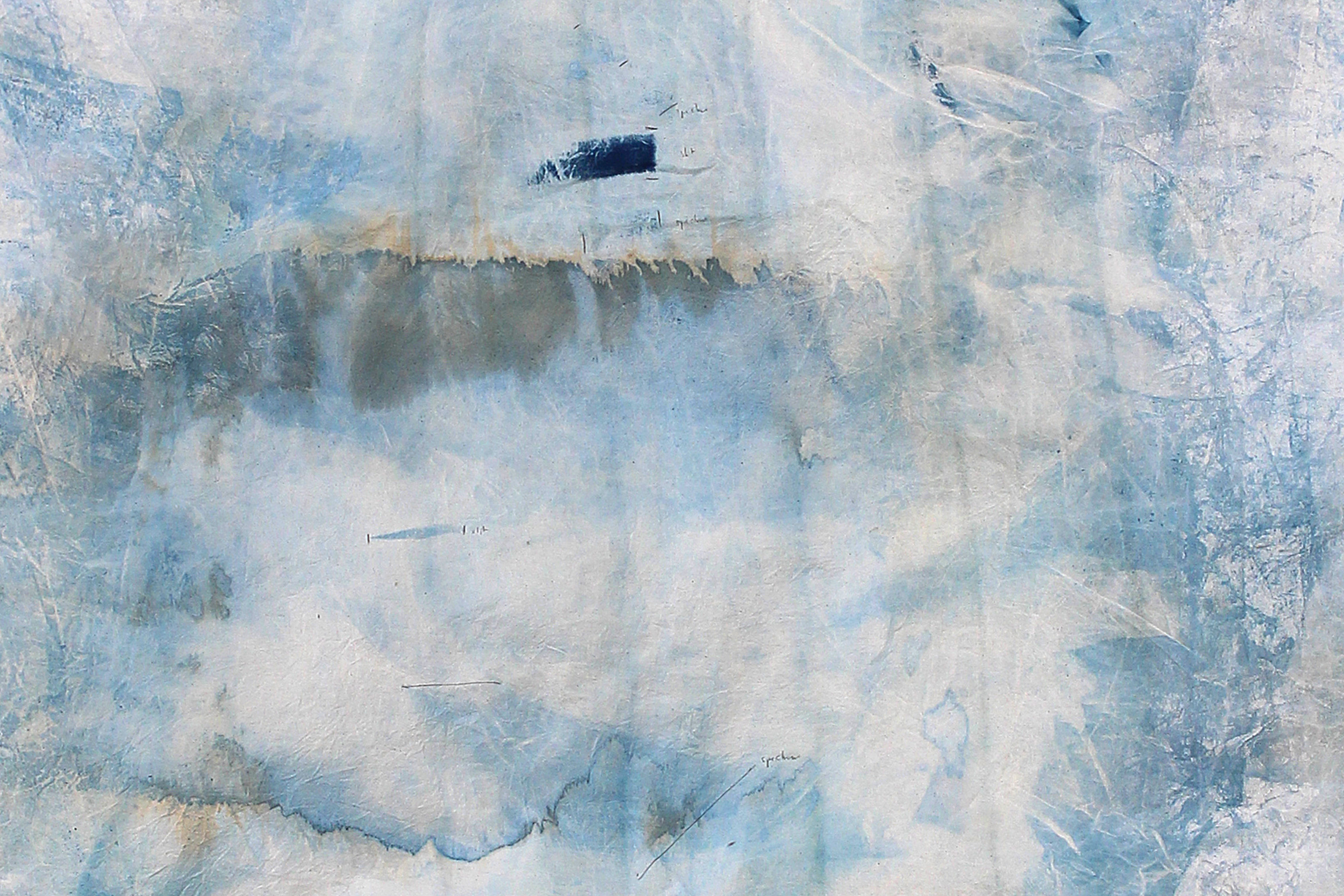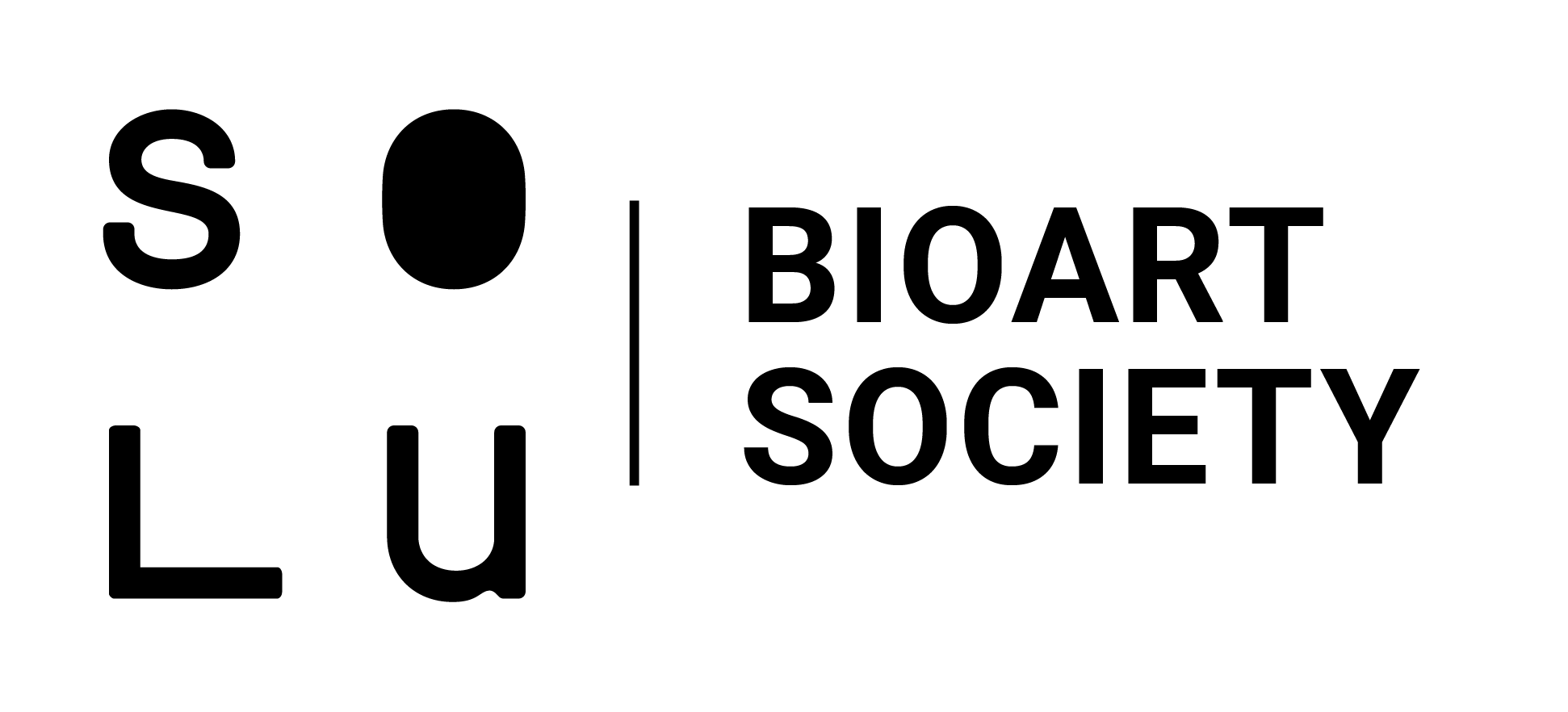#2 Sir John Herschel, known for his achievements in astronomy and chemistry, discovered the chemical reaction of the cyanotype in 1842 (1). Initially Herschel explored the cyanotype process in its ability to measure the ultraviolet part of the spectrum. Later this sensitivity to UV-light was employed for scientific instruments, as for example for the Jordan sunlight recorder (2). The cyanotype dye (Ferric ammonium citrate (green) and Potassium ferricyanide) reacts on UV-light in developing a shade of Prussian blue, depending on the intensity of the light source, the chemical mixture, the pH-value of the environment and the duration of exposure. These factors introduce an uncertainty in the results, which caused a vanishing of the cyanotype from scientific applications. Still the cyanotype has its value as a medium of record. In this respect, I exposed the cyanotype dye in basic recording set-ups to compare a daylight spectrum with the spectrum of the midnight sun.
_____________________________________________________________________________________________________
(1)Mike Ware, 2014. Cyanomicon. History, Science and Art of Cyanotype:photographic printing in prussian blue. MikeWare - Free Book Downloads. [ONLINE] Available at: http://www.mikeware.co.uk/mikeware/downloads.html. [Accessed 08 Mai 2016].p.20
(2)Ian Strangeways, 2003. Measuring the Natural Environment. 2 Edition. Cambridge University Press. P.17
(x) spectrum Malla. (26.07.16)

 The refracted spectrum was gone after washing out the cyanotype. Probably the distance from location of exposure (Malla) to the point of developing the cyanotype (station) caused fading, as the colour change after the exposure looked fairly intense.
(x) station.( 30.07.16)
An improvised Jordan sunshine recorder with an incorporated spectrometer was exposed to the evening sun from 8pm-1am.
The refracted spectrum was gone after washing out the cyanotype. Probably the distance from location of exposure (Malla) to the point of developing the cyanotype (station) caused fading, as the colour change after the exposure looked fairly intense.
(x) station.( 30.07.16)
An improvised Jordan sunshine recorder with an incorporated spectrometer was exposed to the evening sun from 8pm-1am.


 A thin blue line was seen after opening the box, but was watched out almost completely due to the low intensity of the midnight sunlight, in that, a reduced amount of UV-light in the spectrum.
A thin blue line was seen after opening the box, but was watched out almost completely due to the low intensity of the midnight sunlight, in that, a reduced amount of UV-light in the spectrum.


notes:
* time doesn’t schedule.*here 27.06.16




















